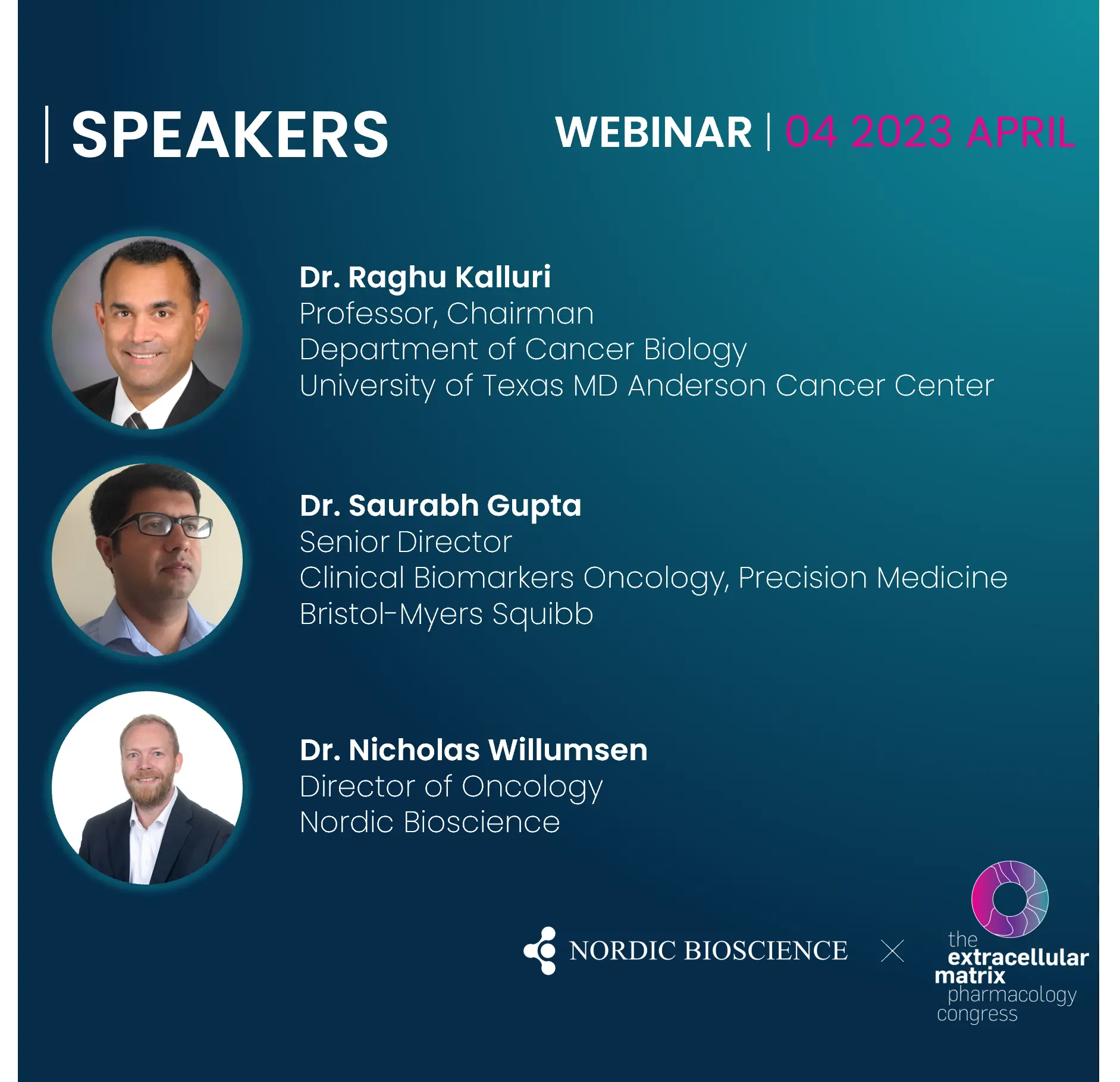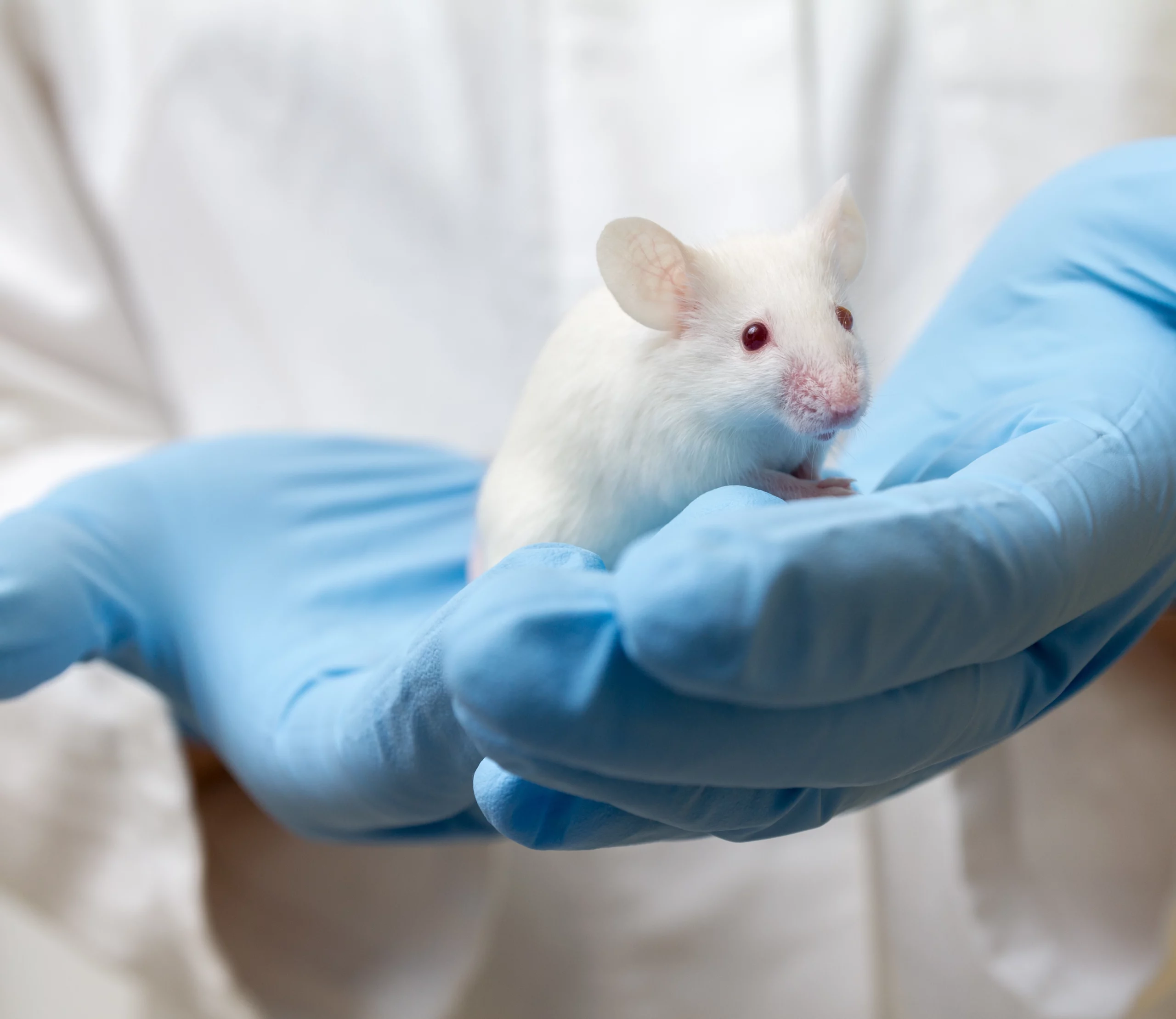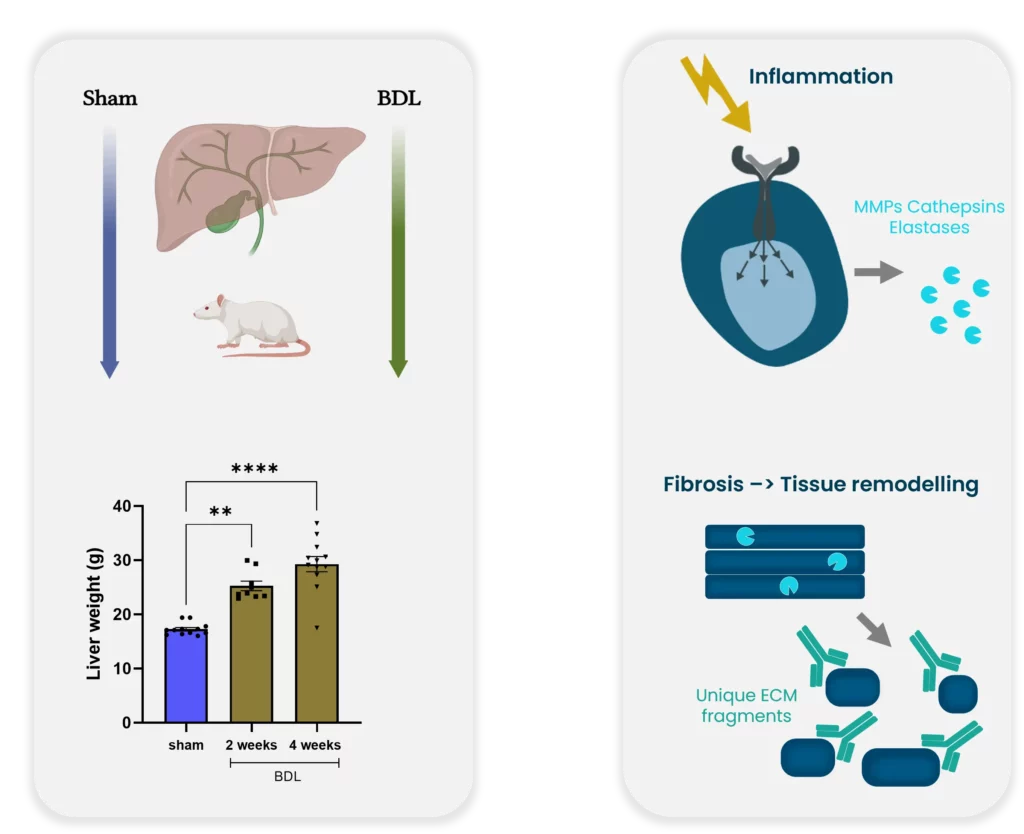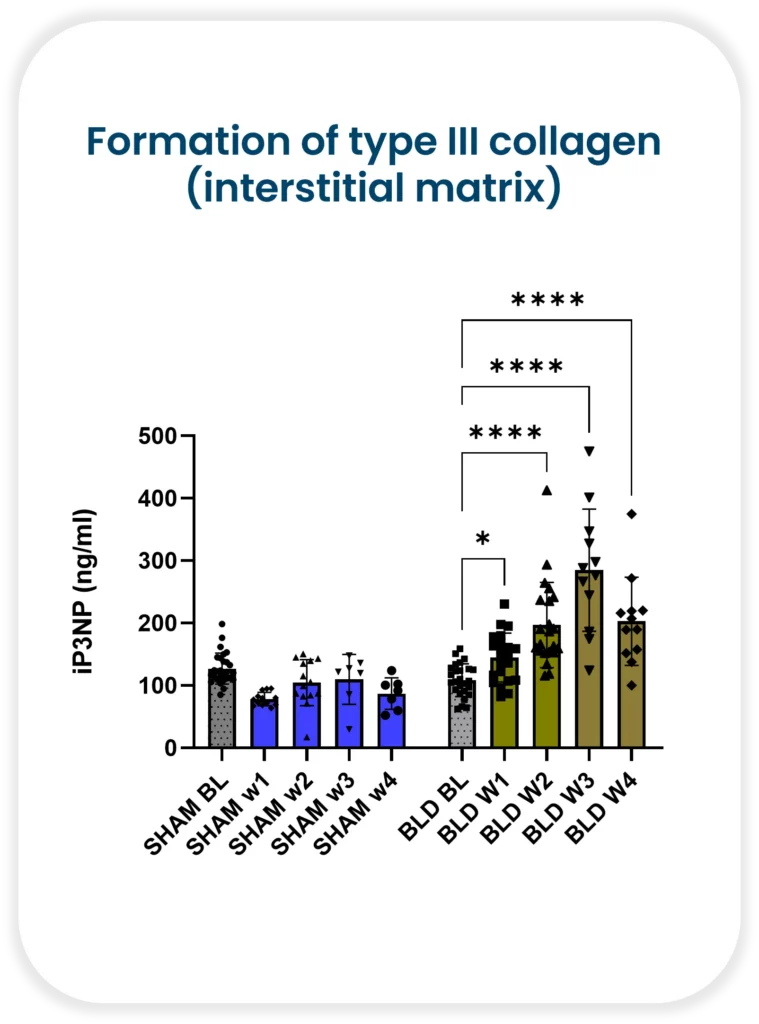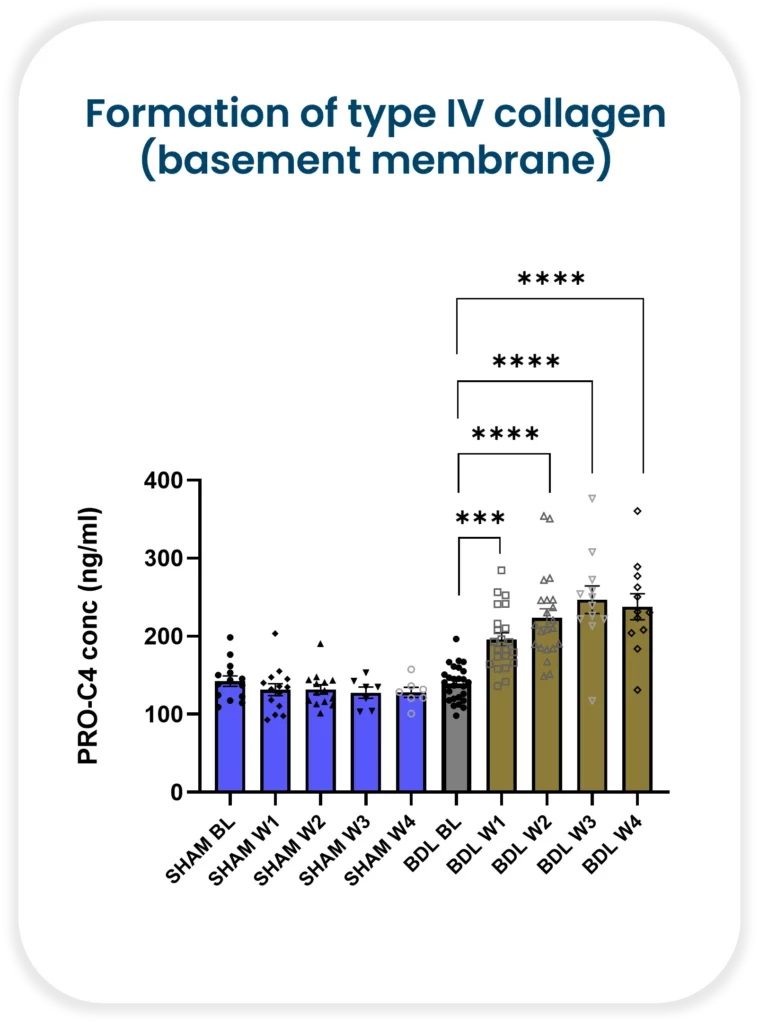Watch this insightful webinar on tumor fibrosis, where we will explore the latest advancements in cancer research with leading experts in the field.
This webinar will provide a unique opportunity to hear from experts in the field and gain valuable insights into the latest advancements in tumor fibrosis research. Join us to learn about cutting-edge approaches to developing new therapeutic targets, and the use of biomarkers for patient stratification and evaluating treatment efficacy.
Agenda
Opening of the session – Dr. Morten A. Karsdal
Tumor Fibrosis and Clinical Outcomes: Underlying Mechanisms – Dr. Saurabh Gupta
The Collagen Landscape in Cancer: Fibroblast Activities and New Biomarkers – Dr. Nicholas Willumsen
Unique and unexpected role of collagens in cancer – Dr. Raghu Kalluri
Question from the chat

Expert line-up
Dr. Raghu Kalluri (Professor and Chairman, Department of Cancer Biology, University of Texas MD Anderson Cancer Center), is an expert in the cellular microenvironment and will discuss, among others, the unique and unexpected role of collagens in cancer.
Dr. Saurabh Gupta (Senior Director, Clinical Biomarkers Oncology, Precision Medicine), Bristol-Myers Squibb, is a clinical drug development and biomarker research expert and will provide valuable insights into the underlying mechanisms of tumor fibrosis and the association with clinical outcomes.
Dr. Nicholas Willumsen (Director, Oncology, Nordic Bioscience), will focus on the development and validation of blood-based biomarkers to quantify tumor fibrosis in serum from cancer patients and discuss how this may inform on cancer-associated fibroblast (CAF) activity and subtyping.
